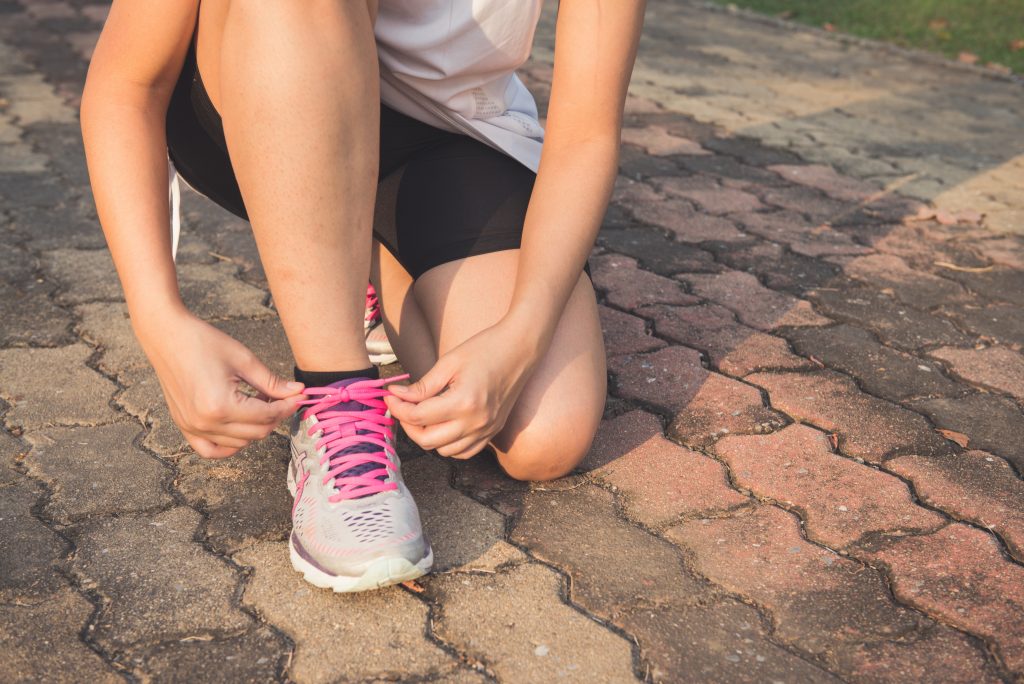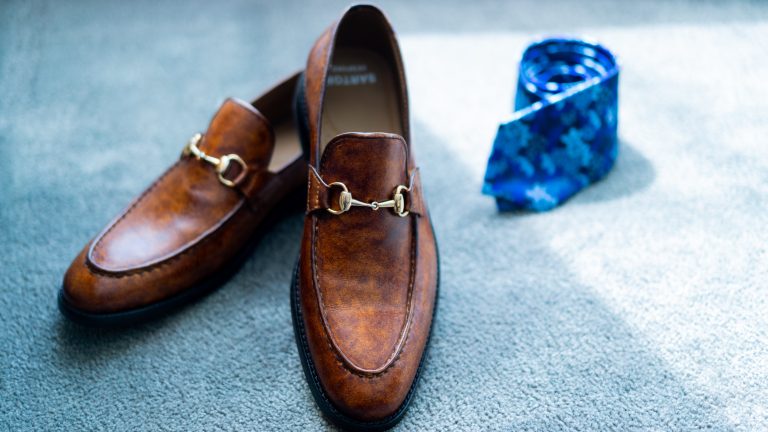5 Key Differences Between Slip-Resistant and Non-Slip Shoes: What You Need to Know
Introduction
5 Key Differences Between Slip-Resistant and Non-Slip Shoes: When it comes to footwear, especially in professions or activities where safety is paramount, understanding the nuances between various types of shoes is crucial. One common source of confusion is the difference between slip-resistant and non-slip shoes. Are they the same thing? Or do they serve distinct purposes? In this blog post, we’ll delve into the details and shed light on the key differences between slip-resistant and non-slip shoes.
Defining Slip Resistance and Non-Slip Shoes
Before we dive into the distinctions, let’s define these two terms:
1. Slip-Resistant Shoes:
Slip-resistant shoes are designed to provide traction on slippery surfaces. They are crafted with outsoles that feature specialized rubber compounds or tread patterns, enhancing grip and reducing the risk of slipping. These shoes are commonly used in workplaces with slippery floors, like restaurants, hospitals, and manufacturing plants, as well as in outdoor activities where terrain can be unpredictable.
2. Non-Slip Shoes:
Non-slip shoes, on the other hand, are specifically engineered to prevent slips and falls. These shoes are often equipped with unique technologies or materials, such as slip-resistant coatings, to maximize traction. Non-slip shoes are ideal for environments where oil, grease, or other slippery substances are present. They are often a preferred choice for chefs, kitchen staff, and workers in food service industries.

The Key Differences
Now that we have established the basic definitions, let’s explore the key differences between slip-resistant and non-slip shoes:
1. Purpose:
- Slip-Resistant Shoes: These shoes are designed for general slip prevention and can be used in a wide range of environments. They excel in reducing the risk of slipping on wet or oily surfaces but may not provide the highest level of protection in extremely slippery conditions.
- Non-Slip Shoes: Non-slip shoes are purpose-built for environments with a high risk of spills and exposure to slippery substances. They are highly effective at preventing slips in kitchens, restaurants, and similar settings.
2. Traction Technology:
- Slip-Resistant Shoes: These shoes often rely on tread patterns and specialized rubber compounds to enhance traction. They offer reliable grip on various surfaces, making them versatile for different workplaces.
- Non-Slip Shoes: Non-slip shoes typically incorporate advanced materials or coatings that provide an extra layer of protection against oily and greasy surfaces. This technology is tailored to specific work environments.
3. Workplace Suitability:
- Slip-Resistant Shoes: Suitable for a wide range of professions and outdoor activities, from healthcare workers to construction workers.
- Non-Slip Shoes: Ideal for professions where the risk of encountering slippery substances is high, such as chefs, waitstaff, and food processing employees.
Conclusion
In summary, slip-resistant and non-slip shoes share a common goal: to prevent slips and falls in potentially hazardous environments. However, their design, purpose, and traction technologies set them apart. When choosing the right footwear for your profession or activity, consider the specific demands of your workplace. Assess the type of surfaces you’ll be encountering and the substances you may be exposed to. Armed with this knowledge, you can make an informed decision to ensure your safety and comfort on the job.




Leave a comment